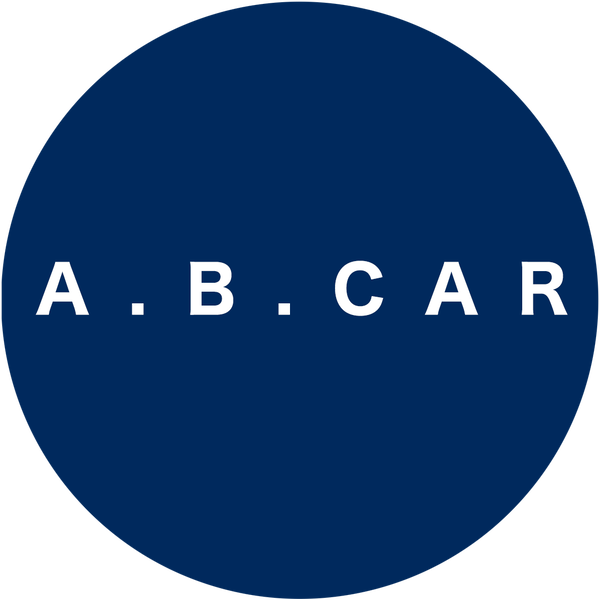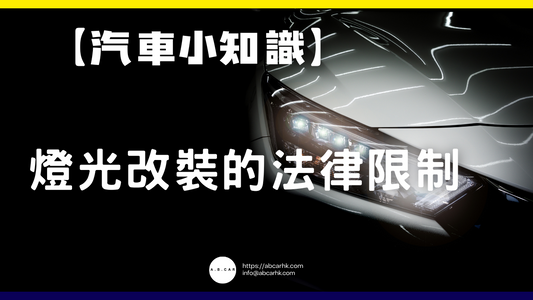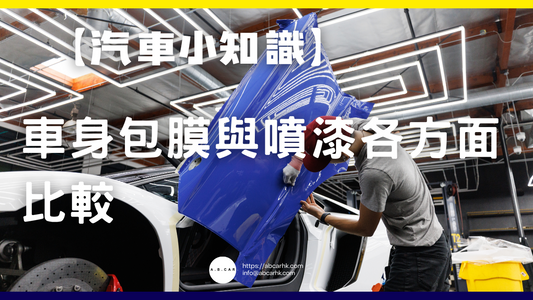[Lecture] "From 0 to 1: How a New Startup Team Finds Its First Customers" | Editor: Ma Wensheng

🌱 From 0 to 1: How a startup team finds its first customers
1️⃣ Why are the first batch of customers so important?
- Verify demand : It’s not that you think your product is good, but that there is real market demand.
- Collect feedback : Your first customers will often provide valuable feedback to help you improve your product.
- Build word-of-mouth reputation : They may become your ambassadors and help you introduce more customers
- Attract investment : Investors are most concerned about whether people use the product. The first batch of customers is the best evidence.
👉 The Hong Kong market is small and competitive, so getting the first batch of customers is the first step to stabilizing your business.
2️⃣ Clearly identify your target customer group🎯
Many startups fail because they try to serve the whole world at once. Instead, start with a narrow and deep focus :
- Defining your ideal customer : age, occupation, pain points
- Creating a persona : For example, "I'm a 25-year-old woman working in marketing who wants affordable and fast design tools."
- Focus on a niche market : Don’t start by creating an app for everyone. Target a small niche first.
👉 Hong Kong example: Deliveroo initially focused on a few areas and didn't roll out Hong Kong nationwide from the start.
3️⃣ Test the market with an MVP⚡
MVP (Minimum Viable Product) is the golden rule of entrepreneurship:
- Quickly launch a simple version 🛠️: It doesn’t need to be perfect, as long as it can solve the core problem
- Collect data : See if anyone is willing to use and pay for it
- Rapid iteration : Continuous improvement based on user feedback
👉 Many startups in Hong Kong will use WhatsApp/Google Form as their MVP first. For example, a restaurant reservation platform will use a form to collect orders before the app is available.
4️⃣ How to find the first batch of customers 🧭
🔸 Network
- Start with introductions from friends, classmates, and former colleagues
- LinkedIn finds potential clients and directly sends cold messages
👉 Hong Kong society has dense connections, and it is easy for warm leads to become the first batch of customers.
🔸 Online community
- Facebook groups (e.g. "Hong Kong Startup Community", "Local Moms Group")
- Reddit / LIHKG / Telegram groups 👉 Targeted groups are more effective than random advertising
🔸 Physical Activities
- Startup competitions, hackathons, and startup markets
- Chamber of Commerce networking events 👉 Many coworking spaces in Hong Kong (such as WeWork and The Hive) have events, which are a good place to find early adopters.
🔸 Free trials/offers
- Provide a limited-time free version to attract users to try
- Early bird discounts increase the sense of urgency. For example, SaaS startups offer a 3-month free trial for the first 100 customers.
🔸 Partners
- Find NGOs or small businesses to collaborate and quickly penetrate specific groups
- For example, an education startup is looking for schools to conduct pilot projects.
5️⃣ Build trust and reputation🤝
The first batch of customers often worry: "Is this a new company reliable?"
- Transparency : Clearly state that the product is still in beta but will continue to improve
- Hands-on support👐 : The founder personally answers user questions and builds relationships
- User Stories📖 : Share how your product has improved your life for early adopters
👉 Hong Kong people place great importance on word of mouth. One recommendation from a friend is often more effective than ten advertisements.
6️⃣ Hong Kong localization strategy🏙️
- Regional first : Focus on one area first, such as trialing food delivery in Kwun Tong, and then gradually expand
- Language localization : Cantonese + Traditional Chinese interface, first close to Hong Kong people
- Targeting pain points : The biggest pain points for Hong Kong people are “lack of time”, “small space” and “high costs”. Products should address these issues.
7️⃣ Common Mistakes ⚠️
- Too hasty : promoting without a clear positioning
- Pursuit of perfection : Expecting 100% perfection before the product is launched, resulting in missed market opportunities
- Over-reliance on advertising : Spending money on advertising without building a core user base
- Not listening to user opinions : They think they understand the market best, but in reality, user needs are different.
8️⃣ Editor's recommended action list📝
- Write down the core problem your product solves
- Define 1-2 ideal customer personas
- Use the simplest method to complete MVP (even just a WhatsApp group)
- Find 10 first-time users through connections and social networks
- Talk to the channel in person and collect their opinions
- Iterate and improve, then roll out to 100 users
🎯 Editor's Summary
The key to going from 0 to 1 is not "how perfect the product is", but finding the first batch of people who are really willing to use your product .
- First identify a specific customer group
- Quick testing with MVP
- Rely on connections, community, and cooperation to find early adopters
- Then slowly expand through word of mouth and trust
Although the Hong Kong market is small, its advantage lies in its concentration and high density. If you use the right method, you can actually validate your idea very quickly. 🚀✨



